Top 3 Marketing Decisions You Should Make Based on Visual Insights

There is no secret that building a 360-degree customer view is one of the most important things in marketing. Though it sounds as basic as can be, this task remains one of the biggest challenges marketers face every day.
Marketing pros try dozens of different methods to study potential buyers, trying to discover literally everything: age, location, language, interests, character traits, spending patterns, pain points, field of work, occupation, hobbies and many others. Marketers take advantage of SWOT product analysis, audience segmentation, comparative analytics - everything to glean siloed data and create a 360-degree picture.
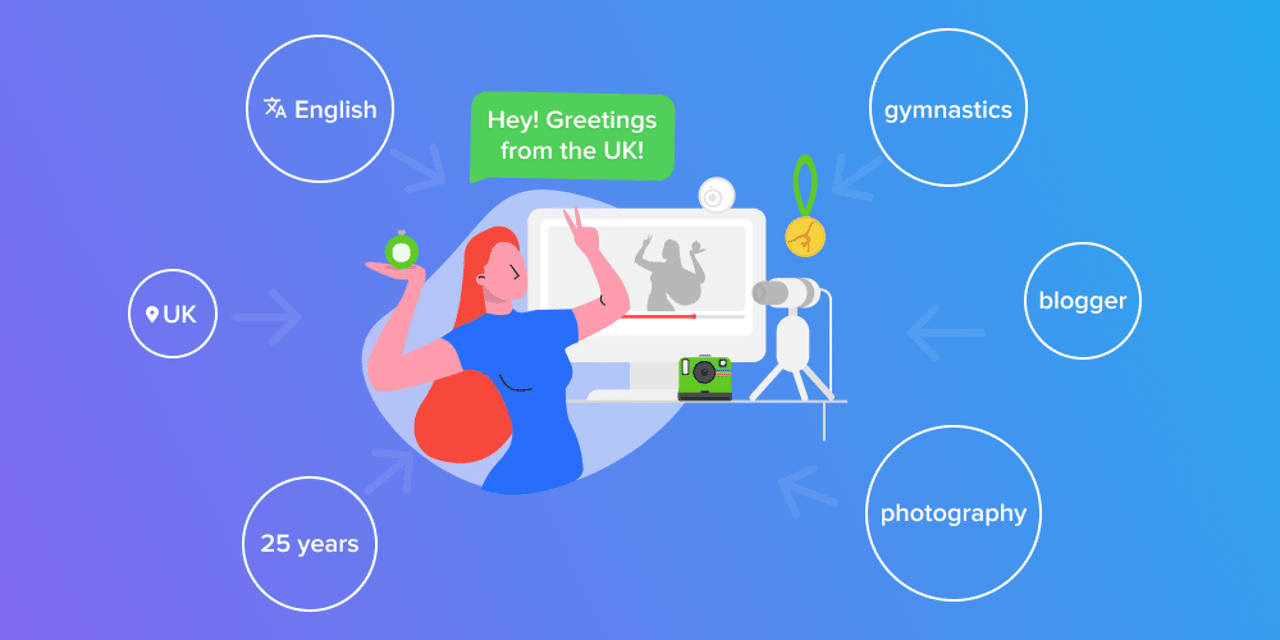

The biggest problem here is that this information can change in a matter of seconds because preferences change, trends change, the world itself changes pretty fast. This is why it is an absolute necessity for a marketer to be always up-to-date. So how can they do that, you may ask? Simple: Technology.
You miss up to 85% of your customer insights
I am not going to tell you about the things you most probably know - lead tracking tools, website tracking functionality, digital marketing funnel, or tools for lead conversion analytics. I want you to know about the already trending yet somewhat new systems.
I hope that the majority of you already track your brand reputation on social media with the help of social media listening software. It is already a long-proven fact that social media is an inexhaustible source of consumer insights and the most credible one, by the way. For me, the only disadvantage was that sometimes you may miss something just because someone made a mistake in your brand name or didn’t tag you in the post.


What if I tell you that you actually miss 85% of total mentions? This means you miss 85% of information customers openly tell you about their opinion about your product and you simply ignore it, though unintentionally. There is a way to see everything.
Visual analytics is not a heal-all solution but close to
Visual analytics of social media is a new concept in technology, which opens billions of brand new capabilities for marketers. I will tell you about my top 3 marketing decisions based on visual insights
TOP 1. Product positioning
Product positioning on the market is one of the most important things you can think of, but still, it is neglected sometimes.
Why is positioning important?
Positioning the product on the market is the first step in developing a promotion strategy, which identifies direct and indirect competitors and helps the company pave a clear course to achieve long-term success. Right positioning helps to differentiate your product from the products of your competitors correctly while at the same time, making it more visible and understandable to the target audience.
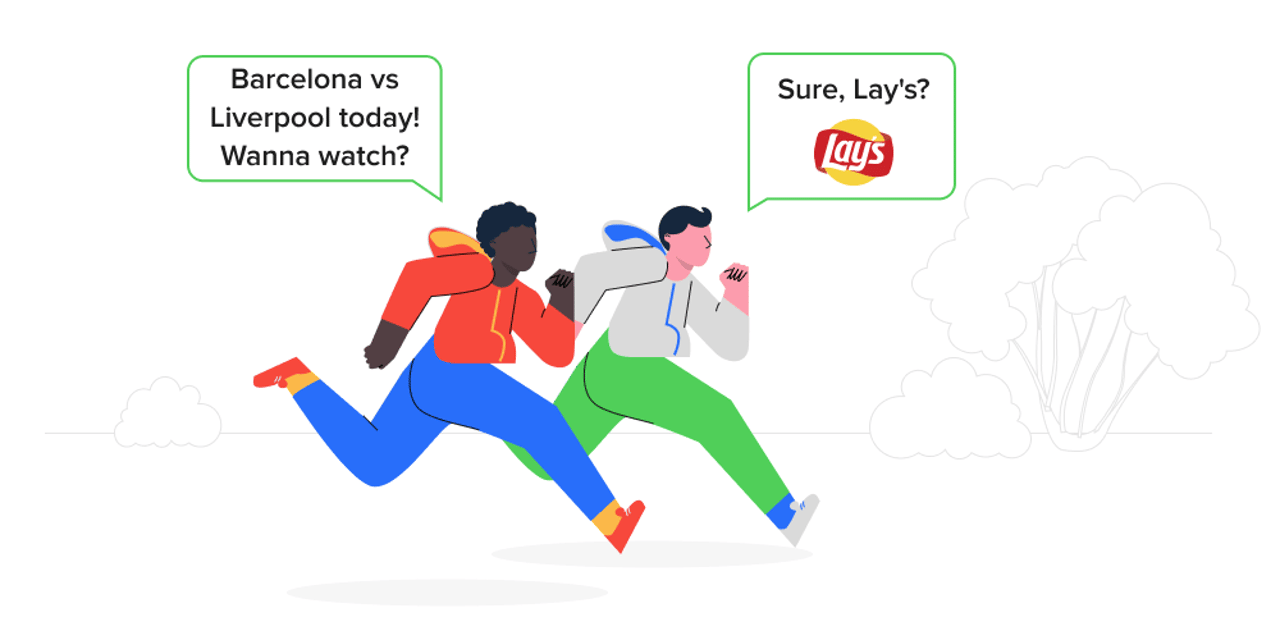

Consumers cannot remember the characteristics of all products on the market because of their abundance. That is why the customers’ knowledge about the product and its qualities relates mainly to the things, situations, and places they associate it with. By taking advantage of the positioning strategy, you determine the place that your product will occupy in the mind of buyers in relation to other products.
If a new product does not have a clear positioning, then the consumer will mark it as incomprehensible and complex, and then put it in the bucket with “same as the rest” products. And thinking about the next purchase, the chances that consumers will choose your brand among others are rather low as they rarely choose anything questionable.
Still don’t understand what do you need visual social media analytics for? Let me show you.
How to apply visual analytics to positioning?
At its core, product positioning usually answers questions like “what’s my target audience,” “how they buy,” “how they utilize my product,” “what are the benefits and mistakes of my competitors,” etc. And visual analytics can provide you with missing answers and prove or refute the existing ones.
For example, if you intend to compete with Starbucks and launch an equally recognizable brand of coffee, then it will be useful for you to know about situations in which people most often drink it. After conducting an image analysis, you will see that the most popular thing people do while drinking coffee is driving. It is possible that the decision to position your product as "the best way to not fall asleep at the wheel" will bring you lots of money.


So now you have a straight direction.
Speaking of cars: It’s commonly believed that men are the target audience for purchasing cars. But what if I tell you that 33% of photos with a BMW logo belong to women? How do you feel about missing 33% percent of your potential buyers because of a single motto for your new car brand, which can possibly sound like “A real car for a real man.”
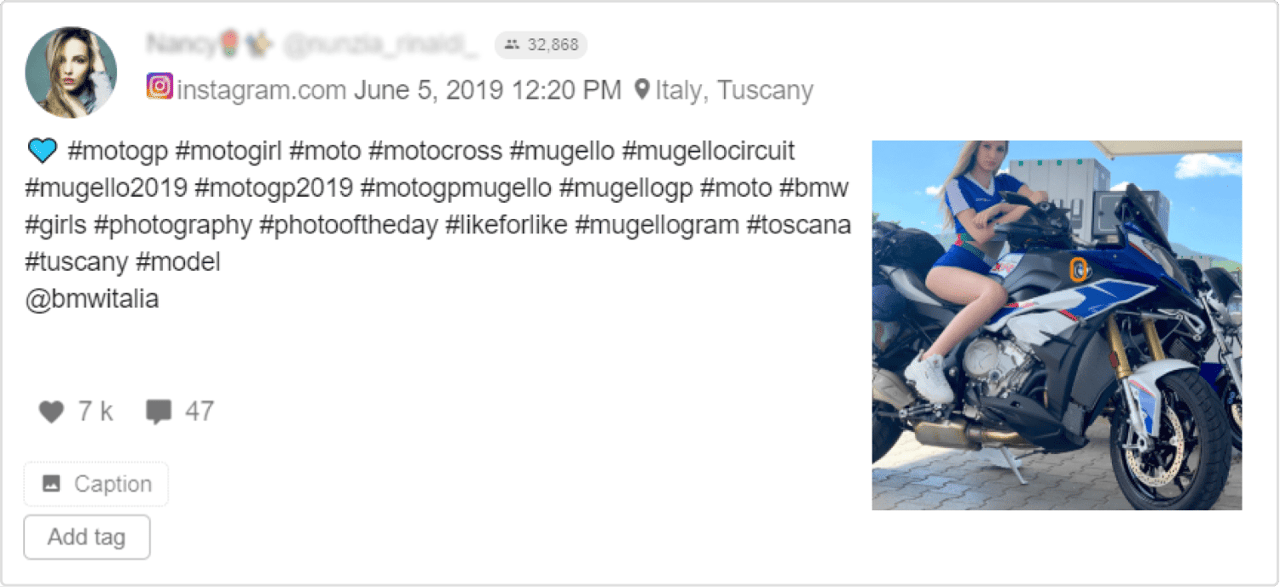

TOP 2. Influencer marketing
Working with influencers is now considered one of the most profitable marketing initiatives. Statistics show that influencer marketing campaigns return an average of $7 for every dollar spent.
What makes influencer marketing important?
A few years ago, marketers had heated discussions about the phenomenon of "banner blindness." According to numerous studies, the average Internet user has decisively stopped noticing advertising banners, no matter how attractive they are for viewing.
Nowadays, something similar is happening with traditional advertising methods. Ask yourself, do you actually mind that any particular brand or product is advertised by a world-class celebrity? The first thought in the minds of people is often something like, “Oh, they probably paid him a lot.'' Hardly anyone thinks, “Wow, this product must be excellent.”
Customers perfectly understand what goes on in the background of such advertising, and no matter how they treat the celebrity, they do not take the message seriously. What’s more, for brands, the success of cooperation with celebrities is defined by the reputation of those celebrities, which poses many risks. Remember Kate Moss, who caused a wave of public indignation in 2005 after mass media had published the photos of her snorting cocaine? Right after this, H&M, Chanel, and Burberry stopped any cooperation with Kate, therefore preventing her negative reputation from being associated with those brands.
Influencer marketing replaces traditional advertising. Instead of promoting a product with the help of a big movie, television, sports or pop stars, marketers ask influencers for help. Influencers have their own, pretty specific audience. And influencer marketing has already proven to be much more effective.
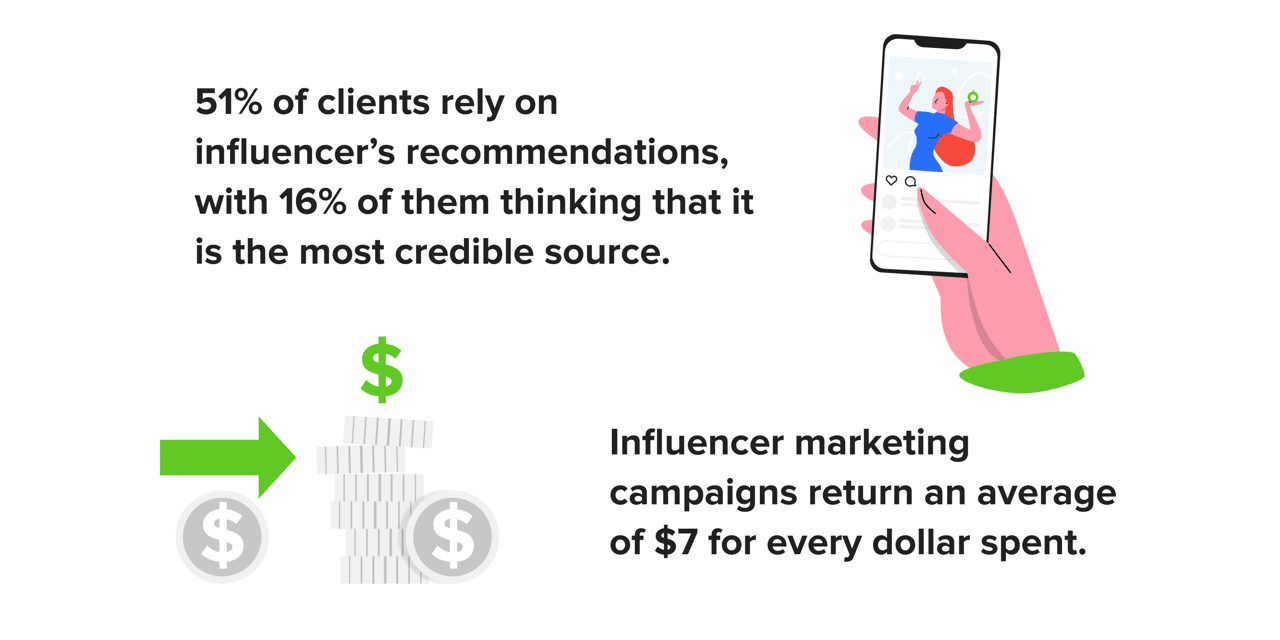

An essential advantage of influencer marketing, which people often overlook, is that, unlike banners, billboards, advertisements on TV or radio, influencers' publications remain on their social media for a long time. If not forever, then at least for several years. And all these years, publications remain accessible to the audience.
How to apply visual analytics to influencer marketing?
However, it can be hard and expensive to get an influencer who isn't already loyal to your service or brand to agree to advertise for you. For sure, to find influencers, a powerful social media listening tool is more than enough. But there are nuances:
The majority of people think that the most critical point is the number of subscribers and likes, meaning this is what defines a successful influencer marketing campaign. But this isn’t true. Engagement is something that really matters. If subscribers engage with the bloggers, they are more likely to trust their words and follow their recommendations.
Those bloggers that write about your brand or tag it may be just brand ambassadors but are not able to bring you the desired profit. The fact that they love your products may not make anyone else like you.
Afraid to slip up? Analyze visual content.
Professional visual analytics software will help you find “hidden” influencers, who have already implicitly helped you make a positive image of your brand. If your products or company name appears in their photos, they can be considered to have some kind of a “positive attitude” towards it. The visual analytics tool will be able to help you find the influencers and images with the highest audience engagement rate and, believe me, the results will be much different than just using basiс social media metrics. See for yourself:
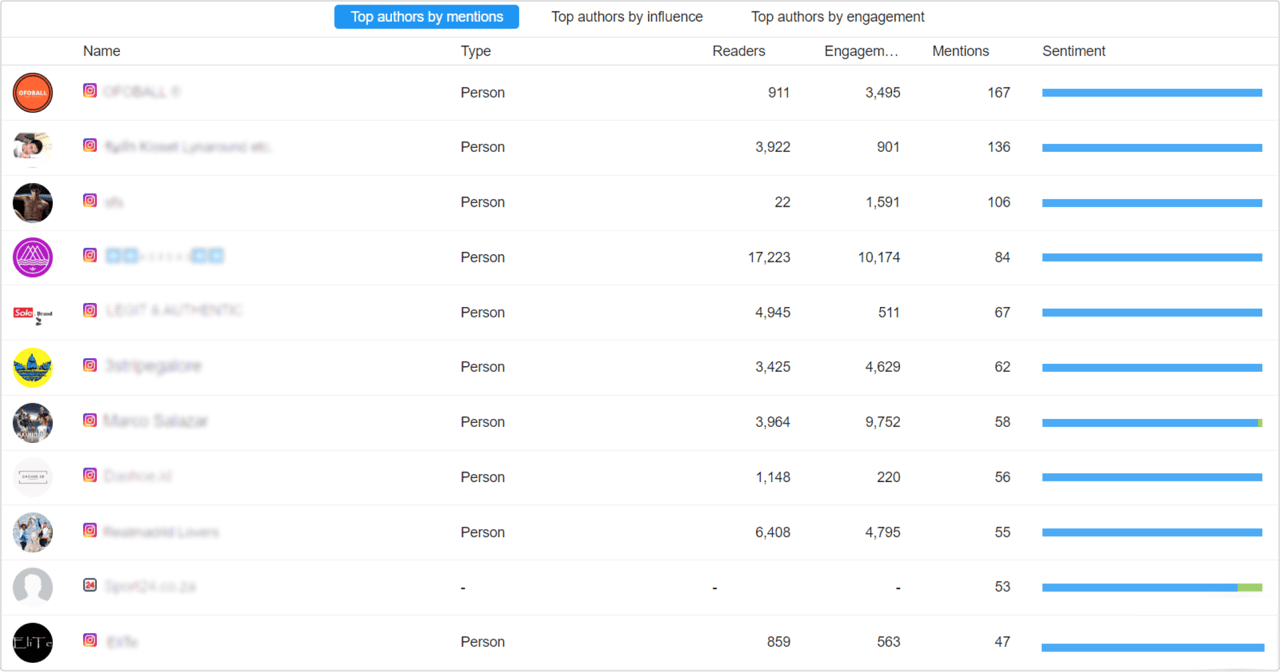

Above, you see the table of the top authors by the number of Adidas mentions. The engagement rate is rather low. Now take a look below:
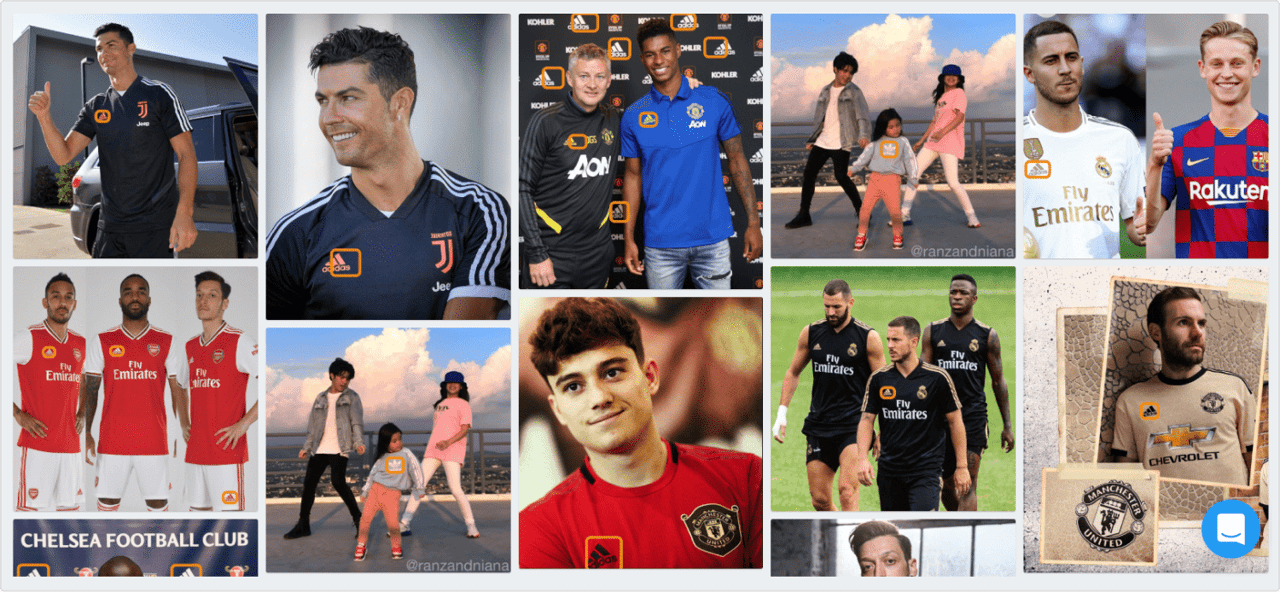

These are the images with the highest engagement rate. The first three posts belong to popular communities:
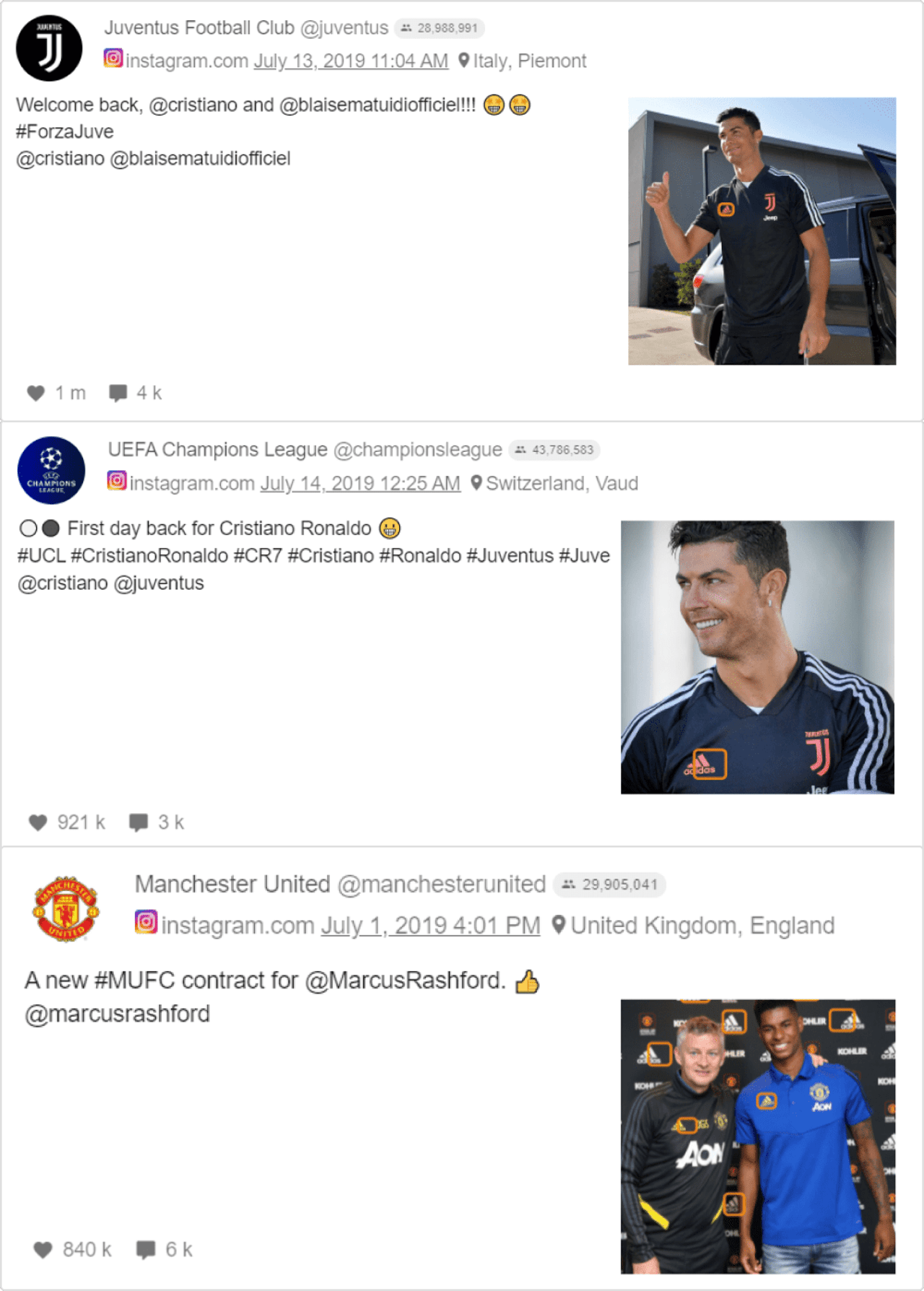

While the 4th post belongs to one young lady with the sweet video. Ready to see the engagement rate?


You wouldn’t be able to even find her just by tracking mentions, because she neither mentioned nor tagged Adidas.
TOP 3. Co-branding
Co-branding, like other types of partnerships, is potentially a win-win strategy, which, with proper planning and implementation, shows impressive results.
Why is co-branding important?
A valuable advantage of co-branding is that it allows you to increase sales and significantly reduce costs. The cost of launching a new product is significantly reduced if it is promoted at the expense of another brand.

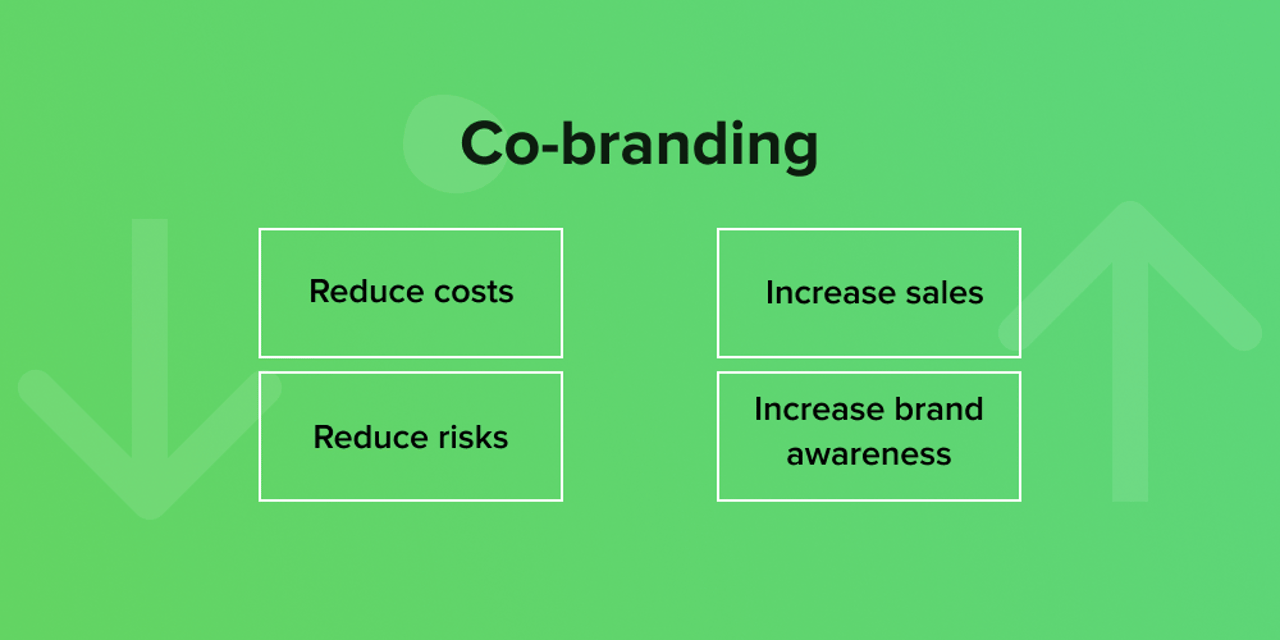
Ambiguous co-branding associations can play a cruel joke on both brands. If you mix brands whose target audiences may differ (even slightly), for example, according to their income level, according to demographics, etc., there is a possibility that the reputation of both brands can be damaged.
In order not to miss the details that can adversely affect the brand, you need to study not only the actual products and offerings of the potential partner, but also dig deeper, analyzing the solutions that have been presented on the market in previous years. In addition, it is necessary to study the information field since the company's previous PR activities may contradict the chosen co-branding strategy. Perhaps a single consumer will not notice this, but digital channels may break the dissonant news in one day. This can shake the brand's positioning and have unexpected consequences.
There are the following success factors for a co-branding project:
thorough analysis of the strengths and weaknesses of each partner brand, followed by combining and emphasizing strengths;
detailed comparison of target audiences of partner companies;
study of strategic positioning and dynamics of development and behavior of partner companies on the market over the previous five years that should not contradict co-branding strategy;
identifying a common vision of the future co-branding;
clear definition of the partners’ own marketing goals regarding co-branding.
The main point is that you are initially to choose a perfect ally, and this is when visual analytics turns out to be just an irreplaceable tool.
How to apply visual analytics to co-branding?
According to YouScan data, every brand appears with an average of 6 other brands in images more often than with all the others. It is already a kind of partnership and a great way to choose potential partners for co-branding. It is direct evidence that your target audience and the consumers of another brand are the same people.
Just take a look, for instance, Adidas and Coca-Сola keep apace with each other:
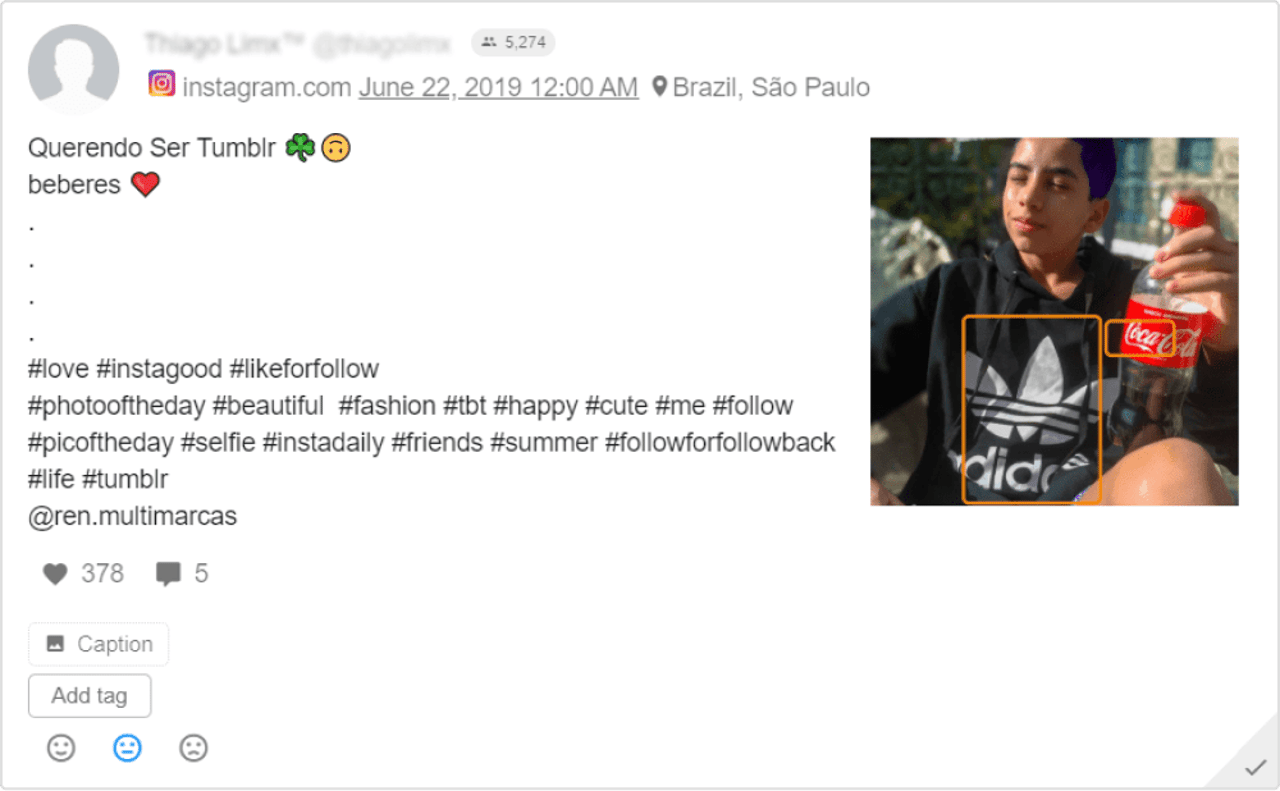

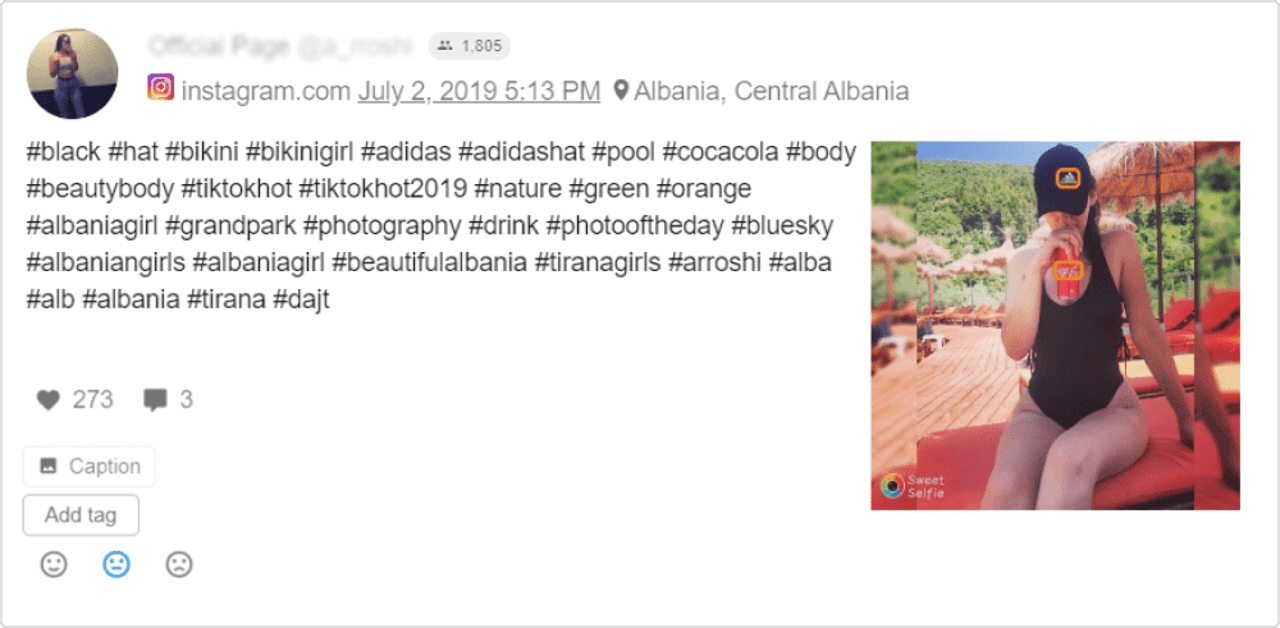

Make it or break it
To be honest, I just wanted to encourage you to experiment with your marketing initiatives. As the saying goes, “Nothing ventured, nothing gained.” Though, I am for justified risks. And the more data you have, the more correct decisions you will be able to make.
Though I described only three, my personal Top 3, options of utilizing visual social media analytics, there are plenty of others you may consider.
For example, you may use it to collect more customer feedback. Customers often don’t mind tagging you or specifying a brand name in the text, but they can still express their opinion on how you can improve, correct or change your product or service to outshine your competitors.
Visual insights are also useful to better assess the reach of your advertising efforts. When placing an expensive banner on the football stadium, you obviously have to measure how many people have seen it. The most popular way to do it is to calculate the number of visitors. But it is important to consider that a lot of people take photos with your brand in them and post these photos on social media. As a result, the quantity of people who have seen this logo is much larger, but you may not even guess it.
And so, so many other examples...just try it yourself and you’ll see, here is YouScan web app for your consideration.
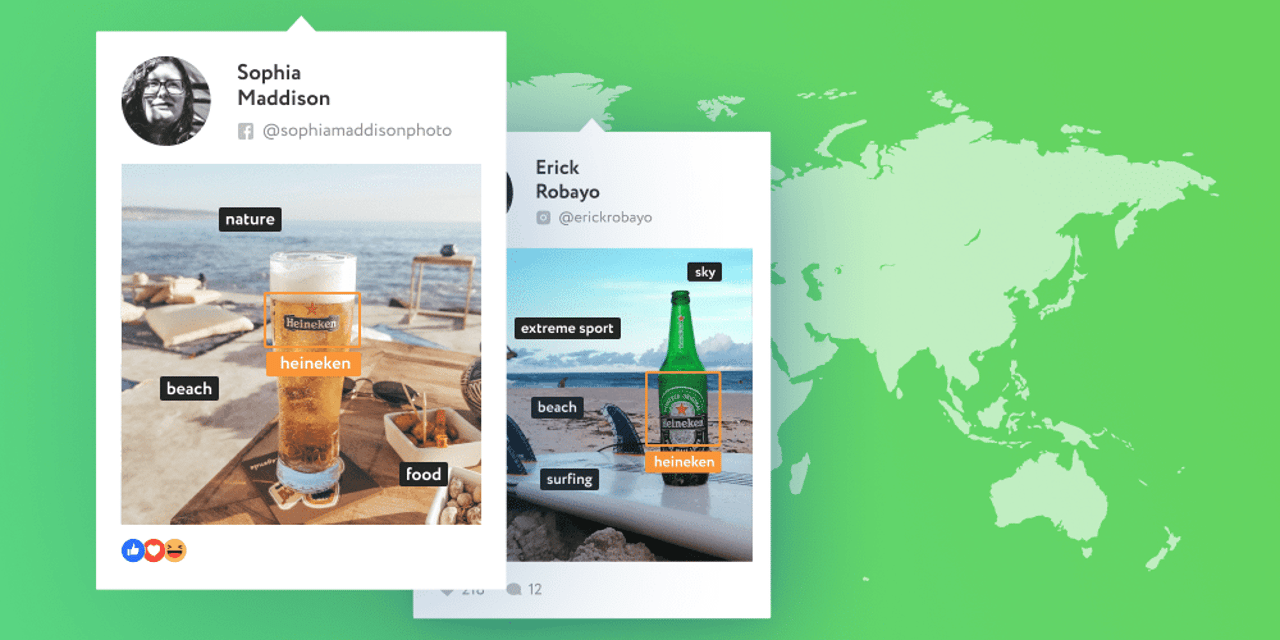

While building any marketing strategy, you will never be able to cover the entire market without visual insights. To solve the problems for the maximum number of consumers with your product, you have to invest a lot of time in visual social media analytics that actually can provide you with credible answers to build a winning strategy.
Enjoy your marketing to the fullest and always ask for more!
